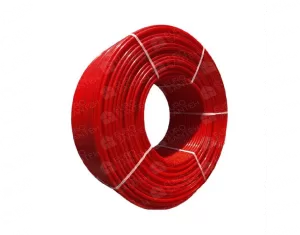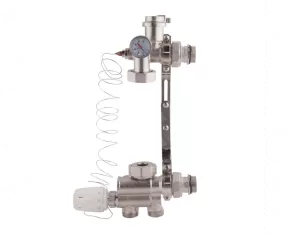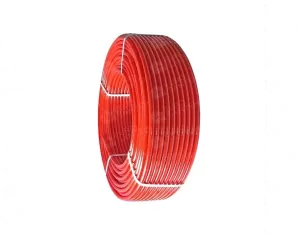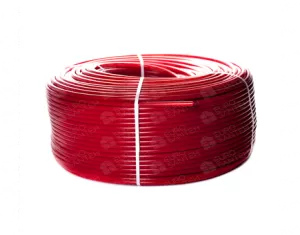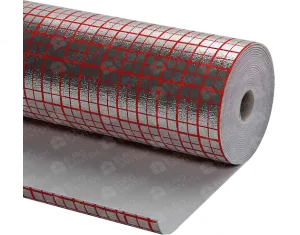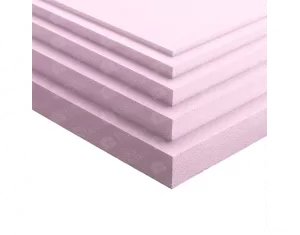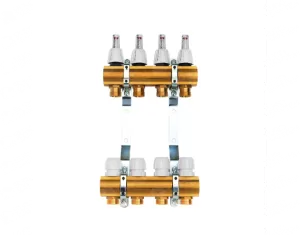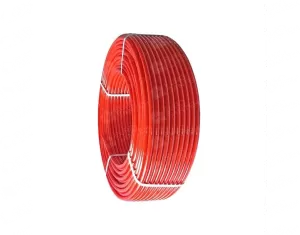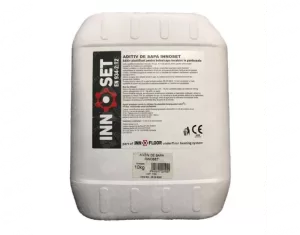Floor heating
Floor heating, also known as radiant floor heating, is a modern and efficient method of keeping your living space warm. It offers a range of benefits, from even heat distribution to energy savings, making it a popular choice for those seeking a cozy and cost-effective heating solution.
1. How Floor Heating Works: A Cozy Symphony of Warmth
The fundamental principle of floor heating involves the installation of a system of pipes or electric cables beneath the floor's surface. These elements generate heat, warming the floor, which then radiates warmth evenly across the room. This creates a comfortable environment without the uneven temperature variations often experienced with traditional heating systems.
2. Types of Floor Heating: Electric vs. Hydronic
There are two main types of floor heating systems: electric and hydronic (water-based). Electric floor heating employs cables or electrically conductive mats, while hydronic systems use pipes to circulate warm water. Choosing between these options depends on factors like energy efficiency goals, installation costs, and personal preferences.
3. Advantages of Floor Heating: Unmatched Comfort and Energy Savings
One of the key advantages of floor heating is the exceptional comfort it provides. With an even distribution of heat, there are no cold spots, and the temperature from floor to ceiling remains consistent. This uniformity not only enhances comfort but also aligns well with human comfort requirements.
Energy efficiency is another major benefit. Compared to traditional heating methods, floor heating systems operate at lower temperatures while providing the same level of comfort. This results in energy savings and lower utility bills over time.
4. Installation Costs and Long-Term Value: Weighing the Investment
While the initial investment in floor heating might seem higher than other heating systems, the long-term benefits often outweigh the costs. The reduction in energy consumption and the potential increase in property value make it a sound investment for homeowners looking toward the future.
5. Types of Flooring Compatible with Radiant Heating: Versatility at Its Best
Floor heating is compatible with a wide range of flooring materials, including tile, stone, laminate, and even hardwood. This versatility allows homeowners to choose the flooring they prefer without compromising the effectiveness of the heating system.
6. Smart Controls for Temperature Management: Tailoring Heat to Your Needs
Most modern floor heating systems come equipped with smart temperature control features. These allow users to customize the temperature based on their preferences and schedule. By optimizing when and where the heat is needed, users can further enhance energy efficiency.
7. Installation Expertise: Ensuring Optimal Performance
Proper installation is crucial for the optimal performance of a floor heating system. Hiring qualified professionals ensures that the chosen system is suitable for the space and that it is installed correctly, minimizing the risk of issues down the road.
8. Sustainability and Environmental Impact: A Greener Choice
For environmentally conscious homeowners, floor heating can be considered a greener choice. The lower operating temperatures contribute to reduced greenhouse gas emissions, making it a more sustainable option for heating homes.
9. Maintenance and Longevity: Less Hassle, More Reliability
Floor heating systems generally require less maintenance compared to traditional heating systems. With fewer moving parts and a hidden installation, there is less risk of wear and tear. This contributes to the longevity and reliability of the system.
10. Embrace Comfort, Choose Floor Heating
In conclusion, floor heating represents a forward-thinking approach to home comfort and efficiency. With its ability to provide consistent warmth, reduce energy consumption, and adapt to various flooring choices, it's a solution that aligns with the needs and preferences of modern homeowners. Invest in the warmth and luxury of floor heating – a choice that transforms your home into a cozy haven.
